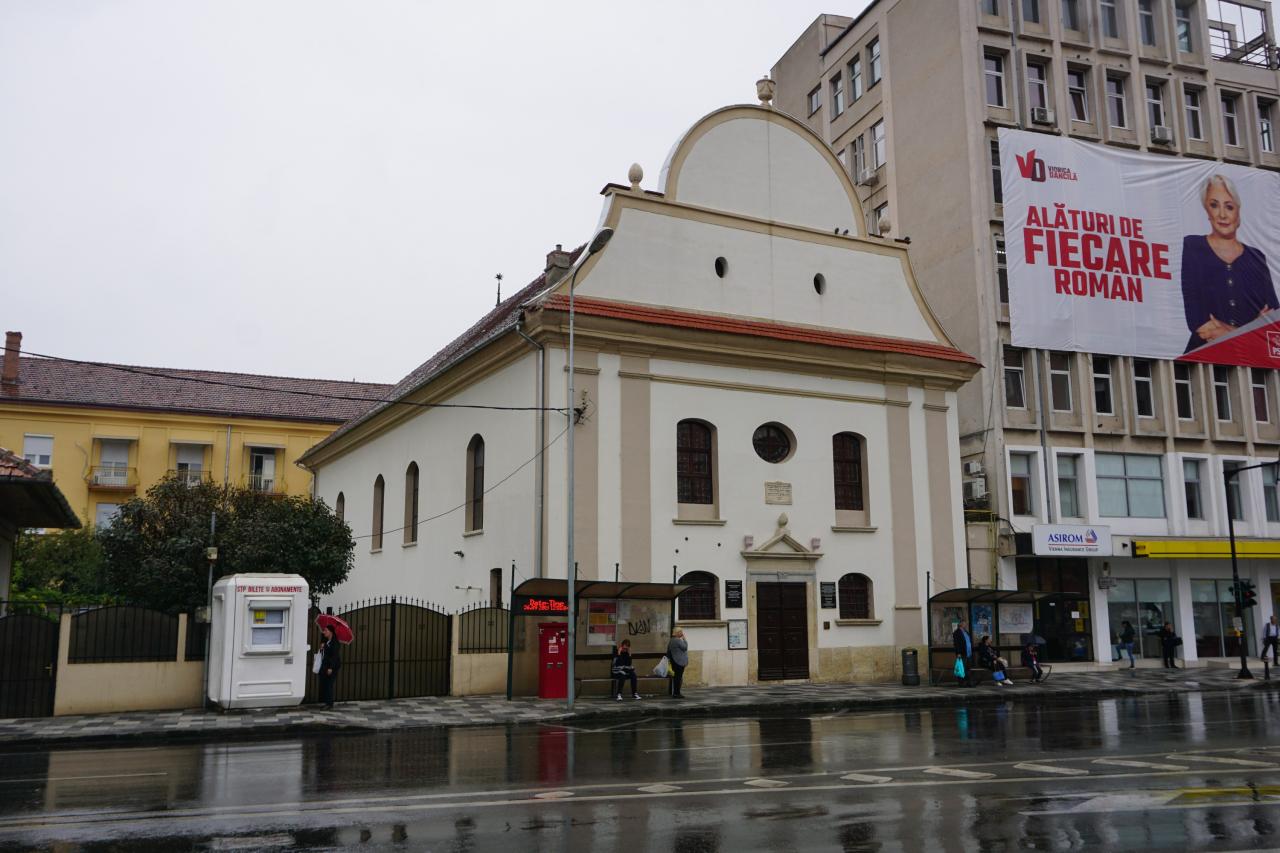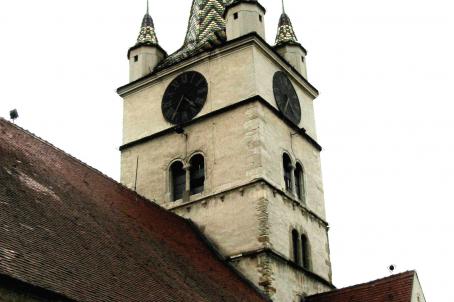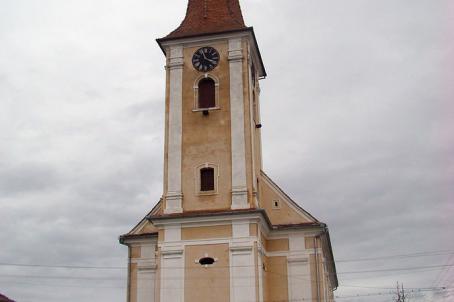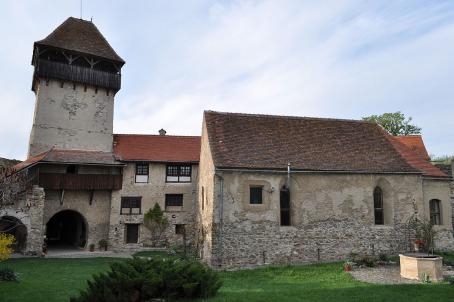Old Synagogue in Alba Iulia

The Old Synagogue in Alba Iulia is an Ashkenazi synagogue that was built in 1938. A former synagogue was already built in 1840. The synagogue was recently repaired in 2017. This Neo-Baroque brick building still serves as a synagogue. Alba Iulia is the oldest Jewish settlement in Transylvania, where Jewish presence was recorded in the late 16th century. In 1653, the region's code of laws required all Jews in Transylvania to live exclusively in this town. Until 1879, the rabbis of Alba Iulia were considered to be the chief rabbis of all Jews in Transylvania.
About this building
For more information visit on this building visit http://historicsynagogueseurope.org/browser.php?mode=set&id=5472





